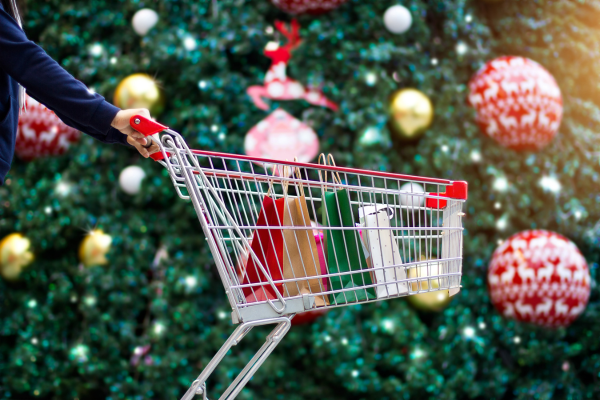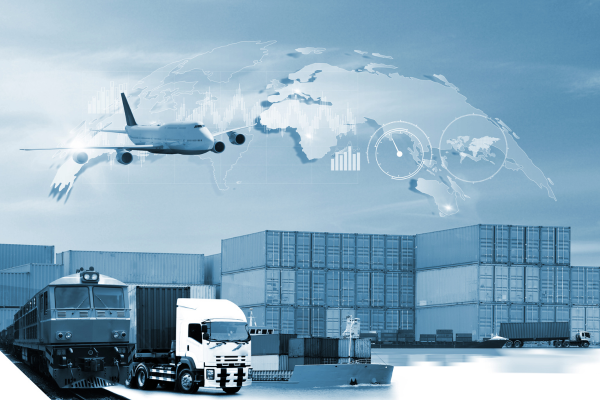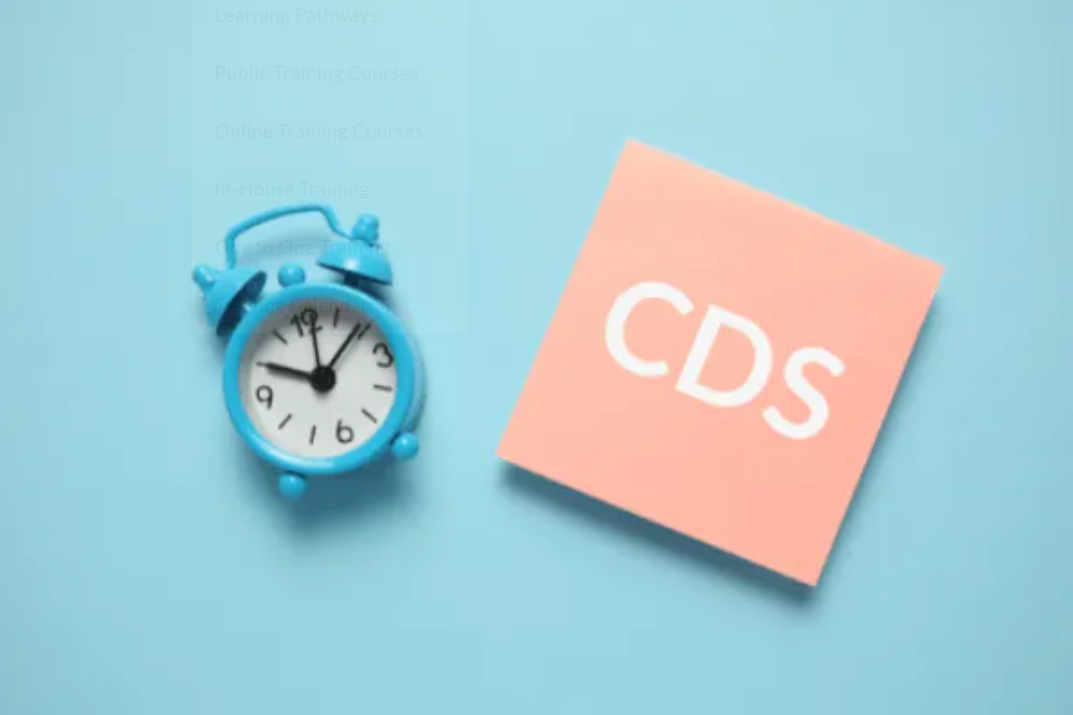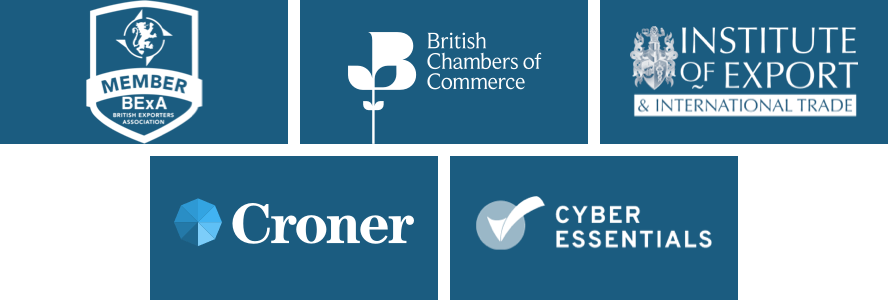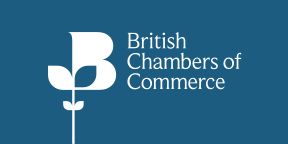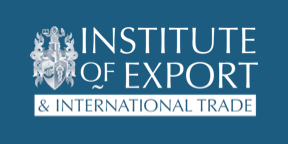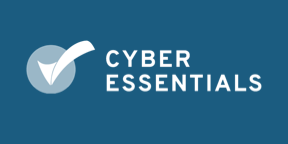BY:
SHARE:
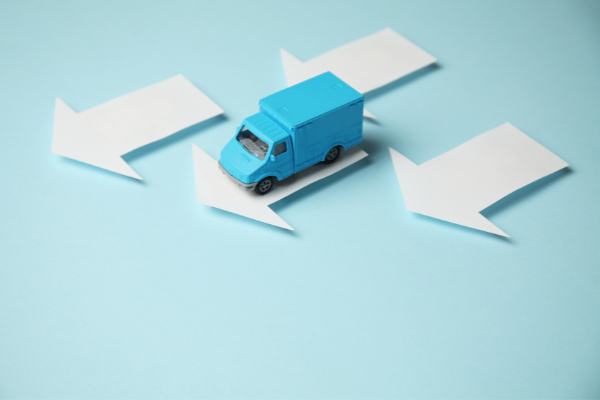
HMRC are issuing urgent instructions for vehicles preparing to go to an IBF where their movement LRNs have been issued in NCTS4 and not been released before the switchover to NCTS5 and warned that vehicles with NCTS4 issued LRNs will be turned away from the IBFs as Customs are unable to process the NCTS4 references.
The issues:
- Local Reference Numbers (LRNs) created in NCTS4 have not been released before the switchover to NCTS5.
- These movements cannot be released by Customs officials in NCTS5 as the messaging structure in NCTS5 is different to the old structure in NCTS4.
- This has resulted in a number of vehicles waiting at Inland Border Facilities.
Actions:
For declarants whose vehicles must attend an IBF (those who are not Authorised Consignors):
- Do not send vehicles to the IBF where LRNs have been created in NCTS4. Customs will not be able to release the movement
- A declaration created in NCTS4 where the vehicle has not yet commenced its journey, must be resubmitted in NCTS5. The declaration will not be processed until this has been done.
- Any driver that has commenced a route with the LRN created in NCTS4 must be recalled and a new LRN must be provided in NCTS5
HMRC have advised that any vehicles arriving at an IBF or border facility with an LRN created in NCTS4, will be turned away from the location and asked to return when they have an LRN relating to a declaration submitted in NCTS5.
If you are interested in exploring this topic further, you might find it worthwhile to consider the training courses and live clinics offered by Strong & Herd LLP:
OneCall™ Email assistance as and when required; A one-call solution for all your import, export and customs enquiries. Export help. Import help. Customs help.
Stay informed about customs and international trade matters by subscribing to our OneCall™ service. This comprehensive offering includes a dedicated email helpline for support, timely practical updates direct to your inbox (Did You Know?), monthly UK Customs & Trade Briefings and access to an interactive members' area with an exclusive community for our subscribers.
International Trade Updates & Spotlight Newsletter
Subscribe to our free information emails covering international trade topics...
MORE INDUSTRY INSIGHTS...
